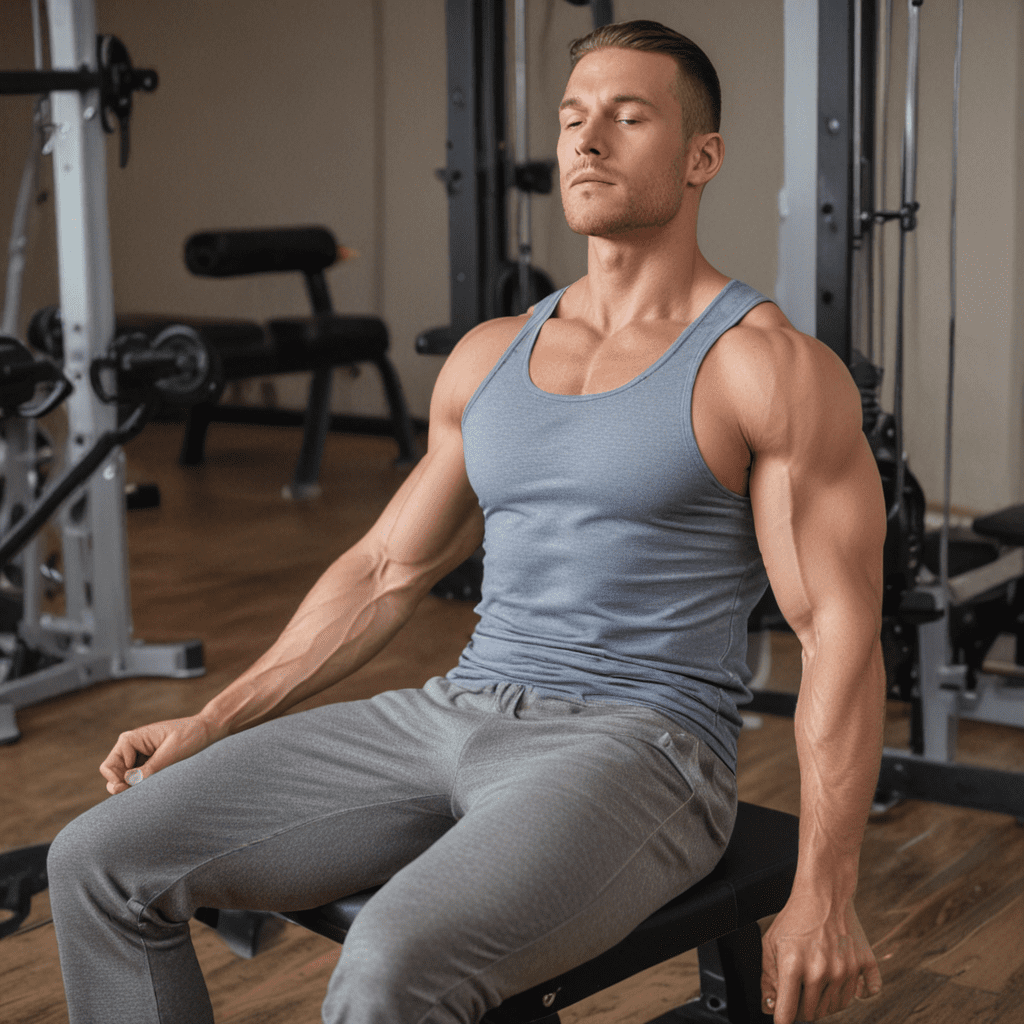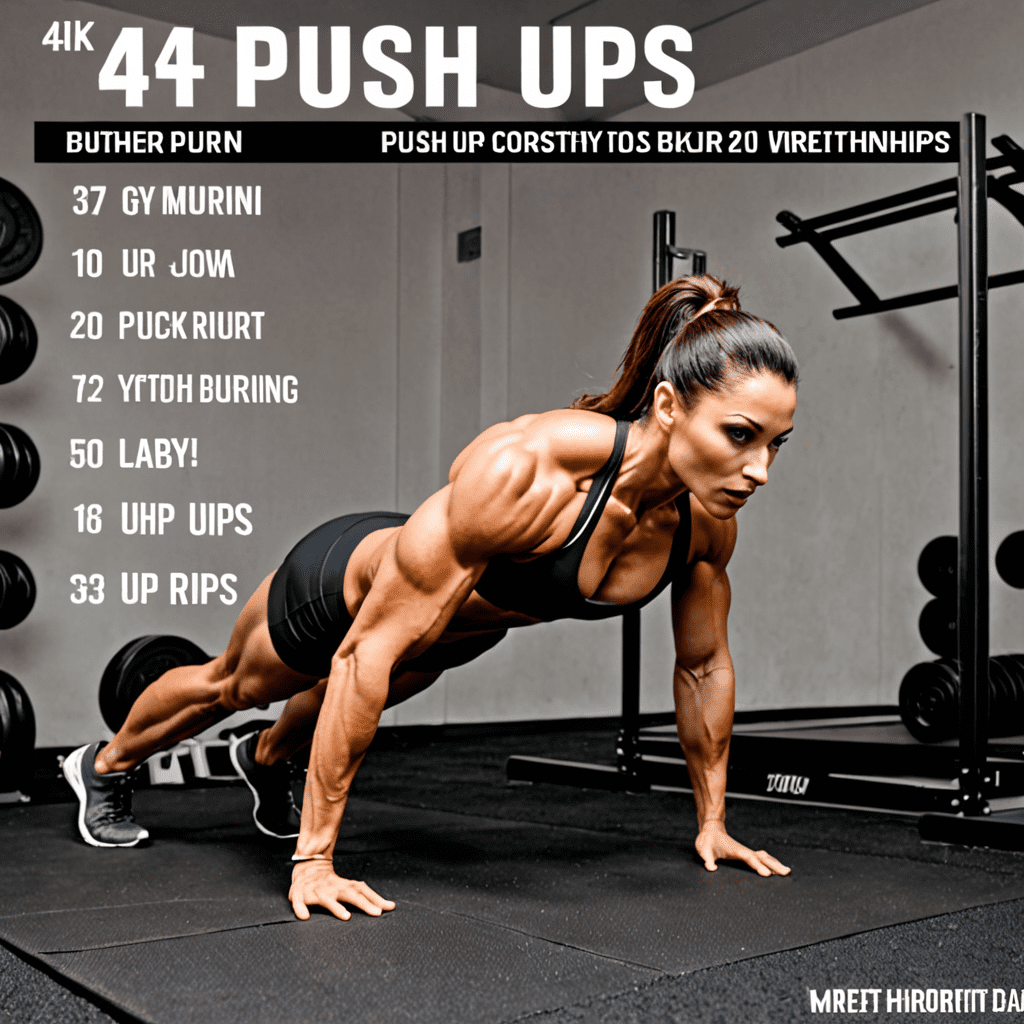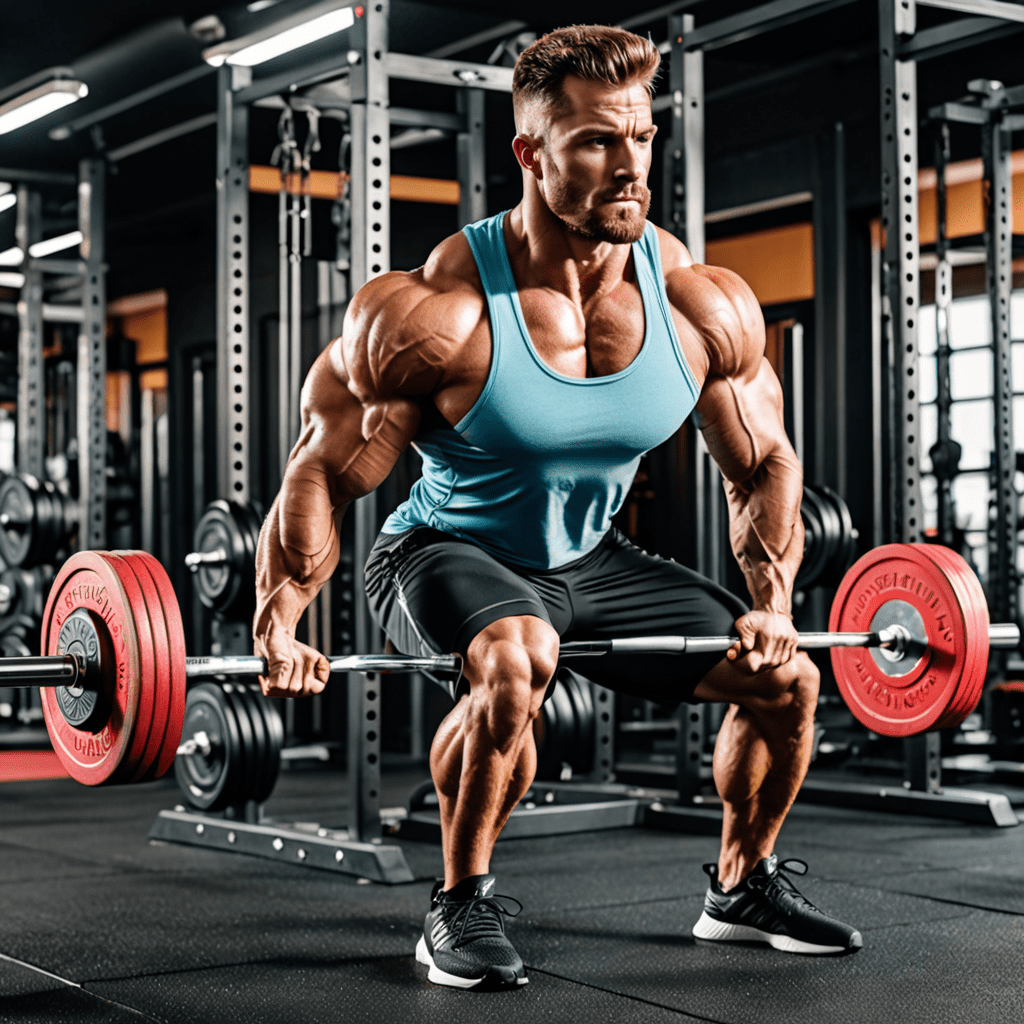
Progressive Muscle Relaxation Techniques for Stress Reduction
Progressive Muskel Relaxation (PMR) is a relaxation technique that involves systematically tensing and relaxing different muscle groups in the body. Developed by Dr. Edmund Jacobson in the early 1920s, PMR is based on the principle that physical tension is often associated with psychological stress. By consciously contracting and releasing muscle groups, individuals can reduce overall muscle tension and promote relaxation.
Benefits of Progressive Muscle Relaxation
Research has shown that PMR can provide numerous benefits for stress reduction and overall well-being, including:
- Reduced muscle tension and pain
- Improved sleep quality
- Decreased anxiety levels
- Reduced stress reactivity
- Improved mood and well-being
Group 2: Lower Body
4. Shoulders and Back
Starting with the shoulders, gently lift them toward your ears and hold for a few seconds. Next, rotate your shoulders forward in a circular motion 10 times, and then reverse the direction for another 10 rotations. For the back, arch your back slightly and lift your chest, hold for a few seconds, and then relax.
5. Hands and Forearms
Make a fist with your hands and tense your forearms. Hold for a few seconds and then release. Next, spread your fingers wide and stretch your fingers. Finally, shake your hands vigorously for 10 seconds to release any remaining tension.
6. Chest and Stomach
Place your hands on your chest and take a deep breath, expanding your chest. Hold your breath for a few seconds and then release. Repeat this 10 times. For the stomach, lie down on the floor and place your hands on your lower abdomen. Contract your stomach muscles and hold for a few seconds, then release.
Group 3: Legs and Feet
7. Buttocks and Thighs
Sit on the floor with your legs extended in front of you. Bend your right knee and bring your right foot towards your buttocks. Hold your thigh with both hands and gently pull it closer to your body. Hold for a few seconds and then release. Repeat with the left leg. For the thighs, stand with your feet hip-width apart and gradually bend your knees into a squat position. Hold for a few seconds and then return to standing.
8. Calves and Feet
Stand with your feet flat on the floor and raise up onto your toes, hold for a few seconds, and then lower back down. Repeat this 10 times. Next, sit in a chair with your feet flat on the floor and roll your feet in a circular motion, first clockwise and then counterclockwise. Finally, stretch your toes by pulling them towards your shins.
9. Toes
Sit on the floor with your legs extended in front of you. Spread your toes as wide as possible and hold for a few seconds. Then, curl your toes under and hold for a few seconds. Repeat this 10 times.
Tips for Effective Practice
- Find a quiet and comfortable place where you won't be disturbed.
- Practice for 10-15 minutes each day, or as often as needed.
- Be consistent with your practice to see the best results.
- Be patient with yourself, it takes time to learn and master the technique.
- Combine PMR with other stress-reducing techniques such as yoga, meditation, or deep breathing.
Conclusion: The Power of Progressive Muscle Relaxation
Progressive muscle relaxation is a simple yet powerful technique that can effectively reduce stress and promote relaxation. By systematically tensing and relaxing different muscle groups, you can release physical tension, improve sleep quality, reduce anxiety, and enhance your overall well-being. Incorporate PMR into your daily routine to experience its numerous benefits and enjoy a more relaxed and balanced life.
FAQ
Q: How long does it take to see results from PMR?
A: Most people begin to experience benefits within a few days of regular practice. However, some may take longer to see significant results.
Q: Can PMR be used for chronic pain?
A: Yes, PMR can be helpful for reducing chronic pain by relaxing tense muscles and improving circulation.
Q: Is PMR safe for everyone?
A: PMR is generally safe for most individuals. However, it's always a good idea to consult with a healthcare professional before starting any new exercise or relaxation technique.


